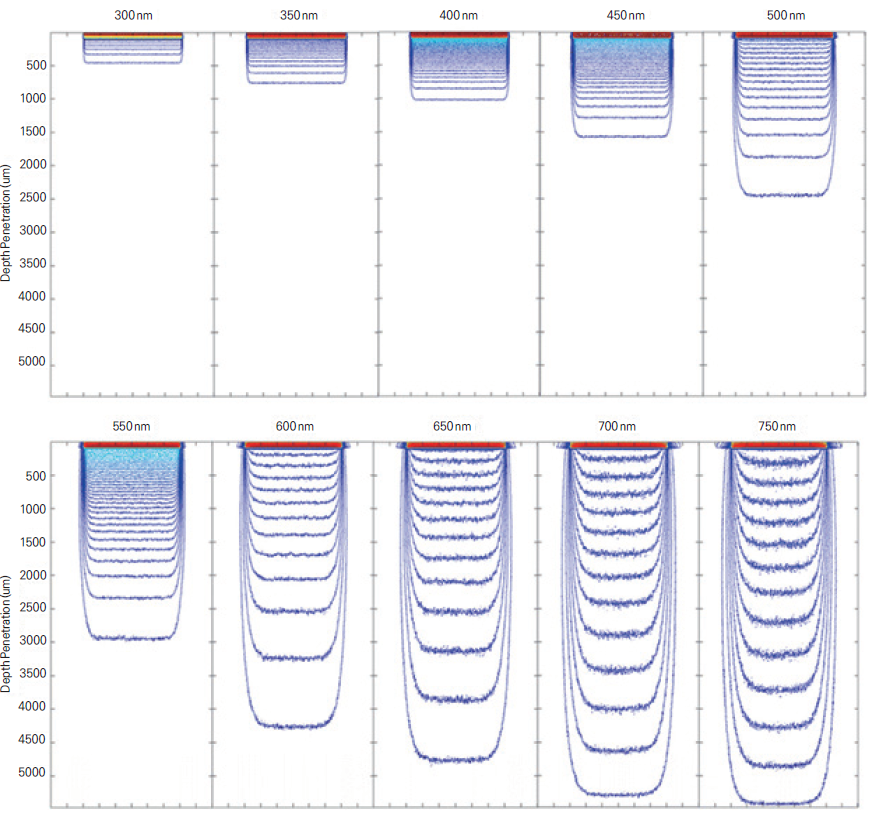
▶ Previous Artlcle: #15-2. Long-pulsed Alexandrite Laser
With oxyhemoglobin as a chromophore, the Long-pulsed Alexandrite Laser is highly effective in treating small, mole-like cherry angiomas and can also improve rosacea, telangiectasia, spider angioma, etc.
As a result of laser tissue interactions for melanin and oxyhemoglobin, the Long-pulsed Alexandrite Laser, like the Long-pulsed Nd:YAG Laser, can raise the speed of circulation through elimination and regeneration in the epithelial cell layers, increase the collagen and elastin synthesis in the dermal layers, and facilitate skin rejuvenation (Table 2).
HELIOSⅡ/LOTUSⅡ/HYPERION – Manufacturer: LASEROPTEK(www.laseroptek.com)
For treatments with the Long-pulsed Alexandrite Laser like the Long-pulsed Nd:YAG Laser, it is required to appropriately adjust pulse duration, spot size, and fluence according to relevant indication and also determine whether to use a cooling device.
The Long-pulsed Alexandrite Laser has an extended theory of selective photothermolysis as a rationale for treatment of benign tumors and vascular and pigment lesions, hair removal, and rejuvenation.
For the hair removal using the Long-pulsed Alexandrite Laser, there are many things to be considered like when using the Long-pulsed Nd:YAG Laser.
The most important is the patient's skin color.
If it belongs to Fitzpatrick skin type Ⅲ to Ⅳ, it is necessary to check if the patient's skin color is dark because it is tanned or if there is any pigmentation left and then decide what to use for hair removal between Long-pulsed Alexandrite Laser and Long-pulsed Nd:YAG Laser to reduce the likelihood of side effects, before the initiation of treatment.
If treatment sites are darkening skin folds as in the case of underarm or Brazilian hair removal, more special attention should be paid to the likelihood of side effects such as burns, achromic nevus, and pigmentation.
Table 2. Indications of Long-pulsed Alexandrite Laser(Caerwyn Ash, Michael Dubec, Kelvin D onne, Tim B ashford. Effect of wavelength and beam width on penetration in light-tissue interaction using computational methods. Lasers Med Sci. 2017; Sep).
-To be continued





















